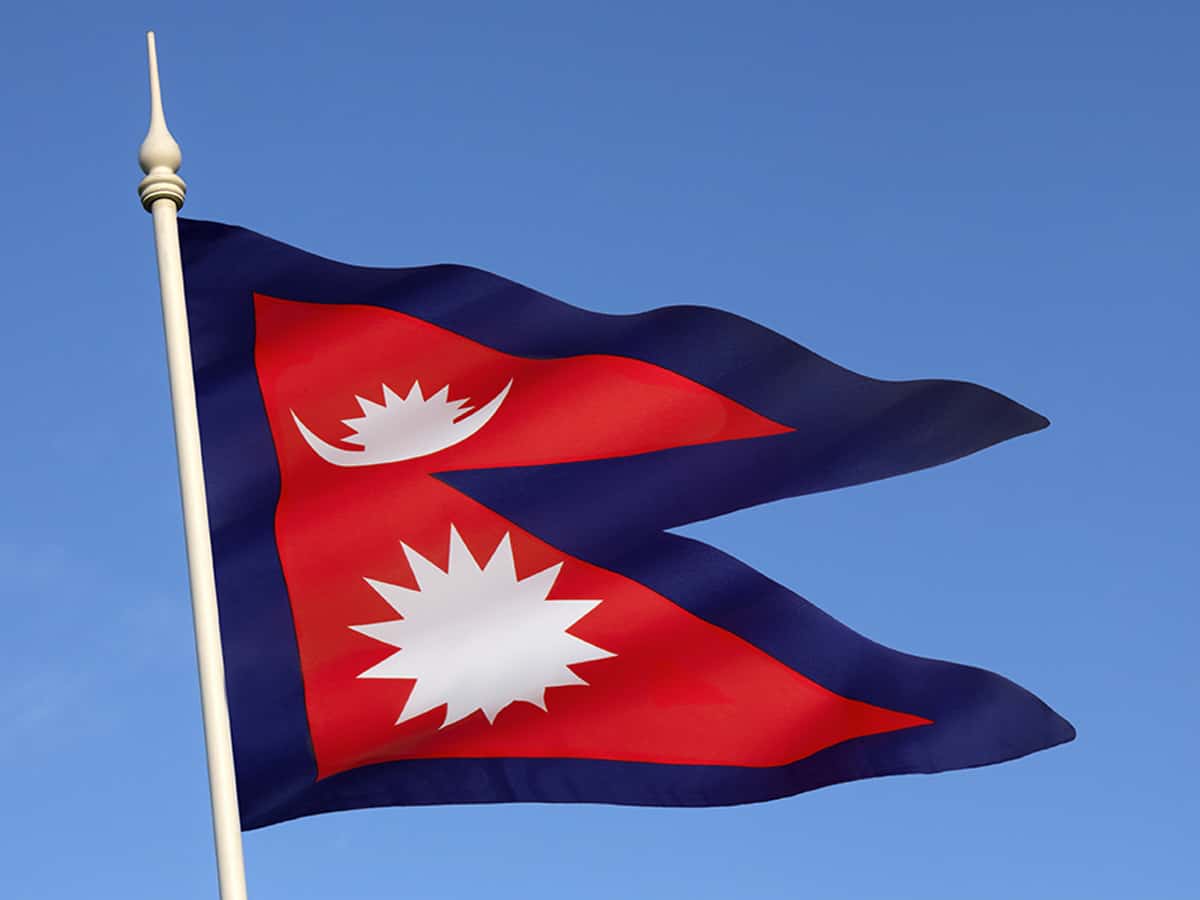Kathmandu: Bolstering its earthquake engineering, Nepal on Monday unveiled the country’s first shock table facility with built-in funding support from the Government of India and United Nations Development Program.
The facility was inaugurated on the premises of Tribhuwan University Institute of Engineering (IOE), Pulchowk Campus.
The UN Development Agency and India built the facility in collaboration with the Department of Urban Development and Building Construction (DUDBC) under the Ministry of Urban Development and IOE, Pulchowk Campus.
The lately unveiled facility aims to strengthen the capacity of IOE for research and academic works on safer construction and retrofitting techniques.
“We are in one of the vulnerable places to live in and a large portion of the population still resides there. The technology which is being attempted to be practised here by the Pulchowk Engineering Campus is extremely important. This not only would protect those residential areas which are in danger but also from the upcoming disasters as such. This not only would help the efforts made by the government but also increase the awareness amongst the public,” said Rahm Kumari Jhakri, Minister for Urban Development.
Minister Jhakri also underscored the need for doing more work on improving the safety of millions of houses in Nepal and promised to provide needful support to expand the research facility and its application.
Addressing the event, Karun Bansal, First Secretary (Development Projects & Reconstruction), Embassy of India in Kathmandu, congratulated all involved in the construction of the facility and expressed hope that the facility, which is part of the larger post-earthquake support provided by India to Nepal, would help strengthen the capacity of the Government of Nepal in building earthquake resilience.
“The purpose of GOI housing project was not only re-construction of earthquake-damaged houses but also creating a repository of information, technology transfer and research activities. During the implementation of this project it was felt that a number of affected people preferred to retrofit their house instead of building the new house. For retrofitting it was essential to test the seismic performance of alternative retrofitting solutions. For this purpose, UNDP with the support of the Government of India has built this shock table facility in premises of this institute in collaboration with DUDBC and the Ministry of Urban Development,” Bansal said addressing the event.
As part of the reconstruction process initiated after the 2015 mega-earthquake, over 50,000 private houses have been constructed in Gorkha and Nuwakot with funding from the Government of India.
UNDP and UNOPS were engaged by the Government of India in March 2018 to provide socio-technical facilitation and consultation (STFC) services to these 50,000 earthquake-affected households.
GoI committed USD 150 million as a post-earthquake assistance package on the housing sector to provide financial and technical support for the reconstruction of 50,000 beneficiaries, including USD 100 million grant and USD 50 million under our Fourth Line of Credit.
Under the close guidance of the experts, UNDP constructed the Shock Table, which is first of its kind in Nepal, as a national research facility that will allow assessment of seismic performance of buildings and structures made of similar materials. A 20-ton payload capacity Shock table of size 6 m x 3.6 m has been constructed in Pulchowk campus.
The physical testing of seismic performances of the retrofitted and non-retrofitted model houses on the Shock Table will provide a base to expand options and techniques of retrofitting across Nepal. Study shows there are more than two million private houses at risk of collapse in case of earthquake and they could be made safer, while keeping intact their ancient designs and architectures, by using retrofitting technology.
The shock table testing facility is expected to be instrumental in identifying appropriate retrofitting technologies that will be needed to make Nepal’s traditional houses safer and resilient.

